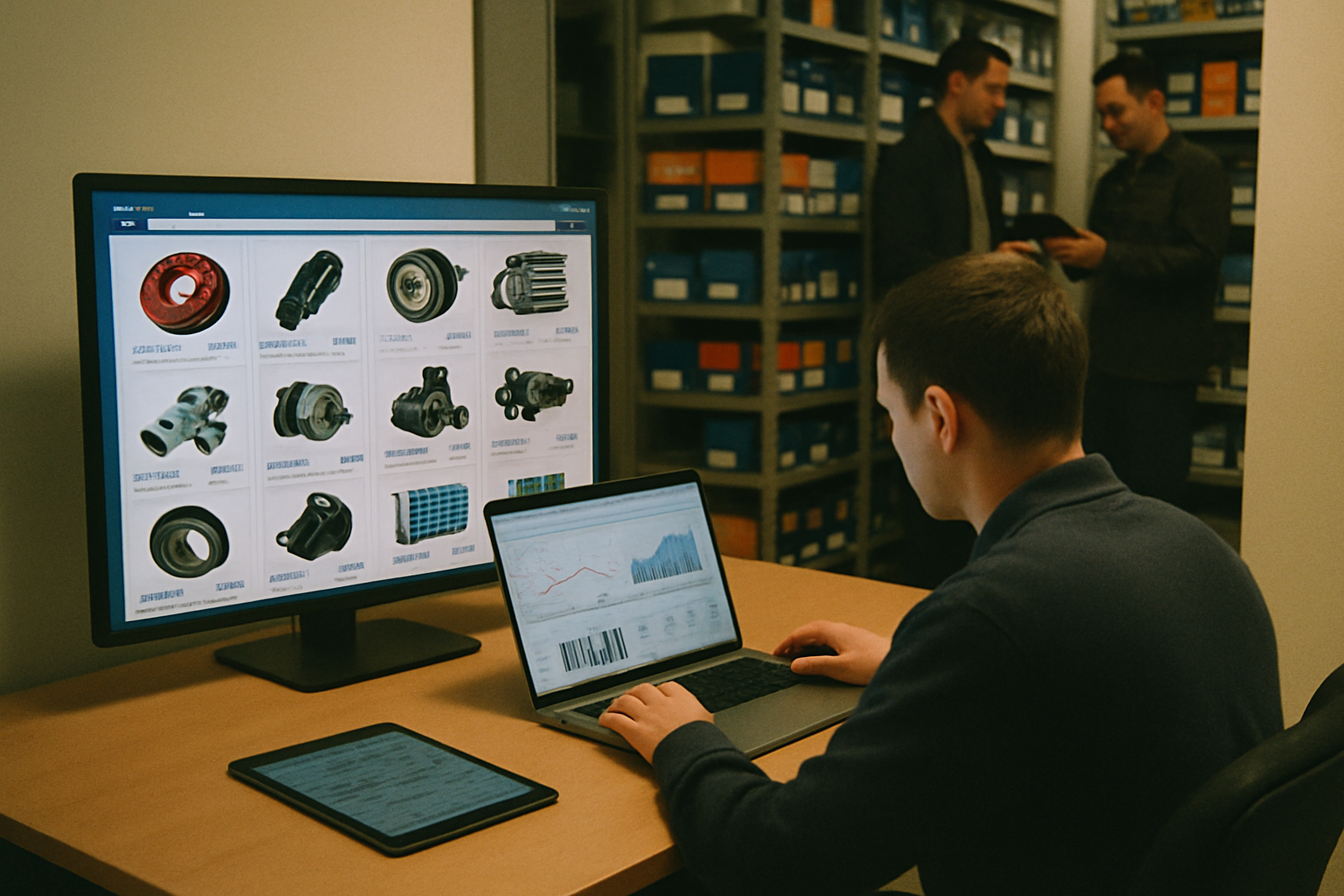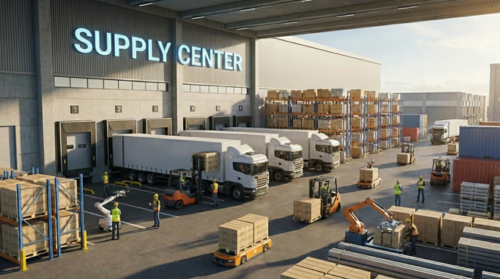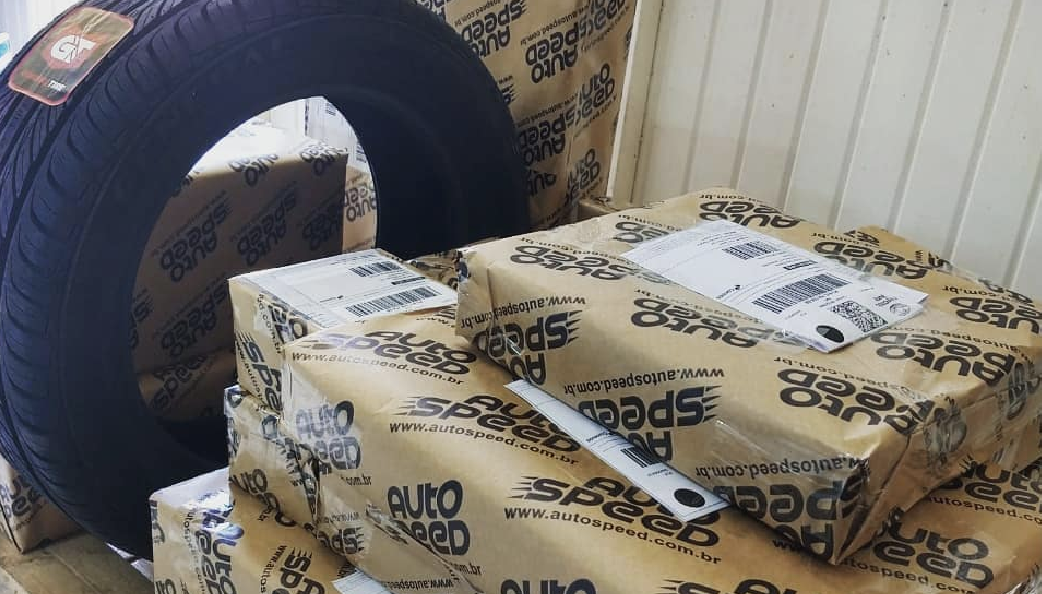Integrators — digital platforms that connect manufacturers, distributors, workshops, fleet operators, and retailers — are establishing themselves as a transformative force in the Latin American automotive sector. In a landscape marked by fragmentation, informality, and high technical complexity, these digital solutions deliver catalog standardization, optimized routing, automated tax calculation, and integrated logistics, helping reduce costs, service time, and operational errors.
A rapidly expanding market
The South American automotive sector is expected to generate USD 24.88 billion in 2024 and reach USD 36.90 billion by 2029, according to consulting firm Mordor Intelligence. This growth is driven by supply chain digitalization, the adoption of new hybrid and electric models, and post-pandemic recovery, which reignited previously restrained demand.
Within this ecosystem, digital retail solutions — a segment that includes integrators — are also advancing at a fast pace. A report published by the platform La Función MX reveals that this market generated USD 12.4 billion in 2022 and is expected to grow at an average annual rate of 15.7% in the coming years, with Latin America standing out as one of the fastest-growing regions.
Practical benefits of integration
In practice, integrators provide value across multiple fronts. By standardizing part codes and compatibilities, they prevent errors that lead to rework and additional costs. Real-time quoting capabilities reduce vehicle downtime — a critical advantage for workshops and fleet managers. For dealerships, integrating management systems (DMS) with technical catalogs enables automatic quotes and orders based on VIN numbers. Independent workshops can use mobile apps to compare distributor prices and schedule deliveries. Meanwhile, marketplaces use smart routing to connect customers with the nearest distributor, issuing invoices and enabling tracking instantly.
Structural challenges remain
Despite the progress, challenges persist. Structural informality still accounts for a significant portion of the parts trade in the region, making traceability difficult. Poor data quality — with unstandardized catalogs and multiple codes for identical items — demands constant cleansing efforts. Additionally, local tax complexity, which varies not only between countries but also among states and municipalities, makes fiscal integration a critical issue. Smaller workshops face technological limitations, while traditional distributors fear channel cannibalization, making clear operational guidelines essential.
Trends shaping the future
Emerging trends reinforce the strategic role of integrators. Artificial intelligence solutions are already being used for part recognition via images and suggesting compatible alternatives. Embedded telematics data (via OBD and CAN bus) enable automatic purchase orders based on predictive maintenance. Open and neutral APIs are expected to simplify integrations, while embedded finance services make access to credit and insurance possible during the purchasing journey. Sustainability also enters the conversation, with traceability of reconditioned parts and integrated reverse logistics.
Impact across the entire automotive chain
The impact is felt throughout the value chain. Manufacturers gain real-time visibility into demand and combat counterfeiting. Distributors reduce stockouts and improve inventory turnover. Workshops experience shorter service times and more predictable average tickets. Fleet managers increase fleet availability and reduce maintenance costs. End consumers, in turn, benefit from faster service with greater transparency in pricing and delivery times.
How to measure results
The adoption of these systems can be measured through indicators such as the correct order rate, average time between diagnosis and delivery, stockout levels, and workshop and fleet satisfaction (NPS). Experts recommend starting integration efforts with data mapping, regional pilots, catalog governance, and workshop training supported by clear incentives.
A driving force for transformation
As the regional automotive sector grows at double-digit rates and digitalization accelerates, integrators are becoming key enablers. Data from Mordor Intelligence and the La Función MX report demonstrate that digitalization is no longer a trend but an economic reality — a driving force capable of redefining efficiency, competitiveness, and sustainability across Latin America's automotive ecosystem.












